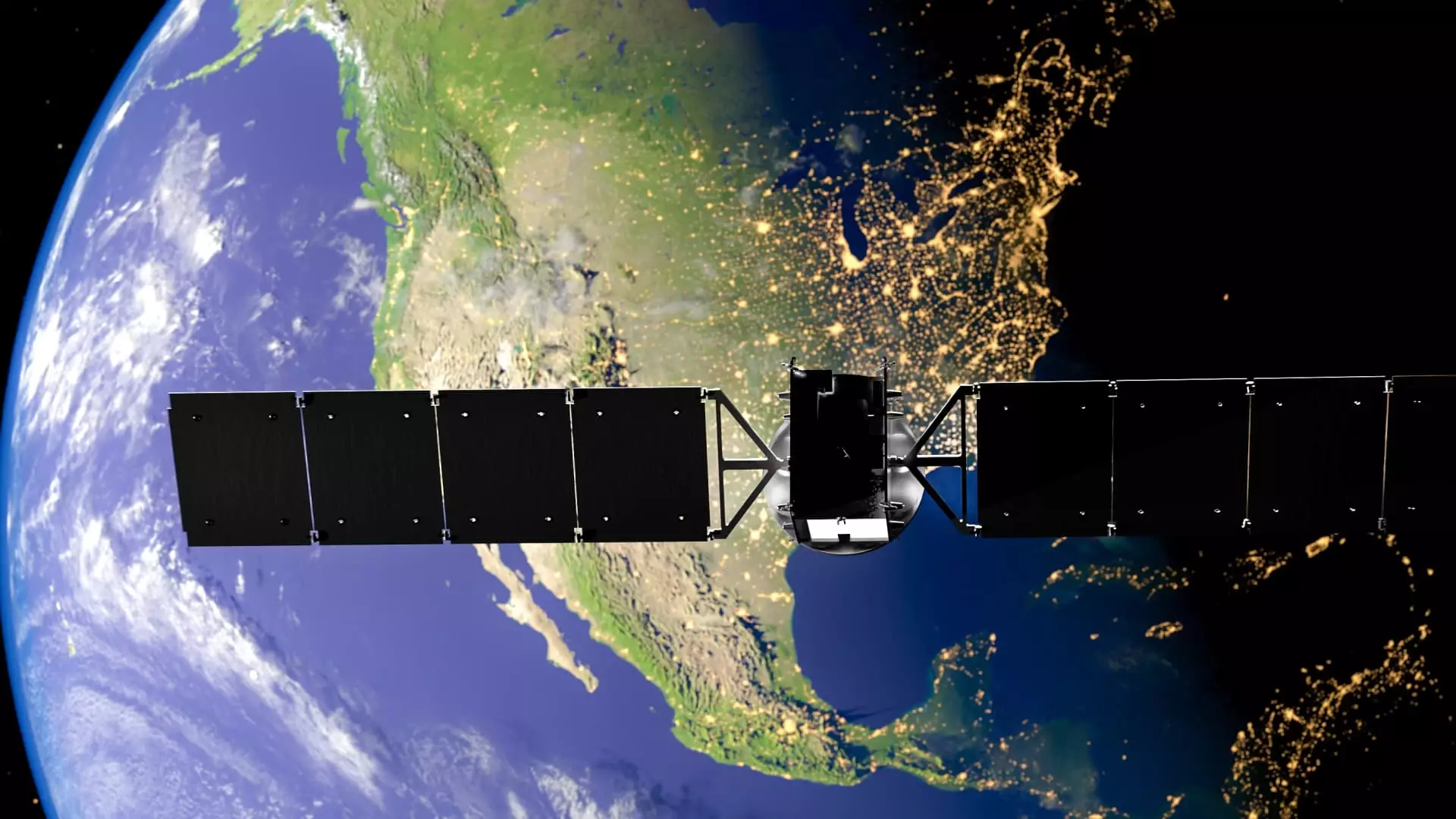The Global Positioning System (GPS) has evolved significantly since its inception nearly half a century ago, serving as a pivotal resource for both military operations and civilian applications. Initially developed and deployed by the U.S. Air Force, GPS has transcended its original purpose, becoming an integral part of modern society. The system underpins a wide array of daily activities, from navigation in vehicles to timing systems on financial transactions and agricultural operations. According to a study by the Commerce Department, GPS has generated an astounding $1.4 trillion in economic benefits—a testament to its significance as a critical infrastructure component.
Despite its widespread utility, the fragility of GPS is underscored by warnings from the Commerce Department about the economic ramifications of a potential system outage. Estimates suggest that a loss of GPS functionality could incur costs of approximately $1 billion each day. This statistic paints a stark picture of how reliant our economy and infrastructure are on the consistency of satellite-based navigation systems. The threat comes not only from accidental disruptions but also from geopolitical adversaries such as Russia and China, which has heightened awareness about the need for a more robust and resilient satellite system.
In response to these challenges, the U.S. Space Force is spearheading the Resilient Global Positioning System (R-GPS), a $2 billion initiative designed to create an alternative and backup network to complement the existing GPS infrastructure. Lt. Col. Justin Deifel, who oversees the R-GPS project within the Space Force’s Space Systems Command, portrays GPS as a utility akin to water and electricity. He emphasizes the system’s necessity for both civilian and military operations, highlighting how its failure could disrupt not just military engagements but also everyday economic activities.
The recognition of GPS’s critical importance has propelled the Department of Defense to collaborate with the commercial space industry to expedite the development of R-GPS satellites. Contracts were awarded to four companies—Astranis, Axient, L3 Harris, and Sierra Space—to begin design concepts, marking a step towards creating a backup system that could mitigate the risks associated with dependence on a single satellite network.
Entrepreneurs in the aerospace sector are increasingly stepping onto the stage, as seen with Astranis—an emerging player looking to capitalize on this growing demand. Having successfully launched its first “MicroGEO” satellite, the company is now eyeing the positioning, navigation, and timing (PNT) market through its newly announced Nexus product line. This expansion signals a strategic pivot from offering primarily internet telecommunications solutions to addressing a critical national security need.
However, Astranis is not alone in the pursuit of R-GPS; several companies are demonstrating a commitment to leveraging innovative technology in satellite design. The shift toward utilizing smaller, more efficient satellites operating in medium Earth orbit opens up new opportunities for agility and cost-efficiency in satellite deployment.
What is particularly notable about the initiation of the R-GPS program is the unprecedented speed with which the Pentagon has operated. Traditionally, space programs can languish through prolonged bureaucratic processes; however, the R-GPS project illustrates a significant departure from that norm. By employing a novel funding mechanism known as “Quick Start,” the Space Force rapidly navigated the essential steps—gaining approvals, conducting market research, and finalizing contracts—within a remarkably short timeframe of just six months.
Gedmark, the CEO of Astranis, has lauded the program’s agility, emphasizing that such expediency is a rarity in defense procurement. The projected costs associated with the design and deployment of the satellites range extensively. Estimates suggest that pursuing a full constellation of at least two dozen satellites could total between $1.2 billion to $1.9 billion over the next several years.
The initial phase of the R-GPS project will involve an “eight-month phase zero” meant for companies to lay the groundwork for the essential design reviews. As the program progresses, the Space Systems Command aims to finalize selections for companies that will advance into the construction stages of satellites. While the challenges of technical failure are present—evidenced by Astranis’s previous setback—the future of the R-GPS program holds promise. The focus on resilience and responsiveness reflects a paradigm shift in how satellite systems are perceived and managed.
As the R-GPS initiative unfolds, it ensures that the United States remains positioned to defend its interests both in space and on Earth, underpinning vital infrastructure and safeguarding a significant segment of its economy. Ultimately, the establishment of a more reliable GPS alternative opens doors to innovative solutions that will further solidify the nation’s technological sovereignty.

